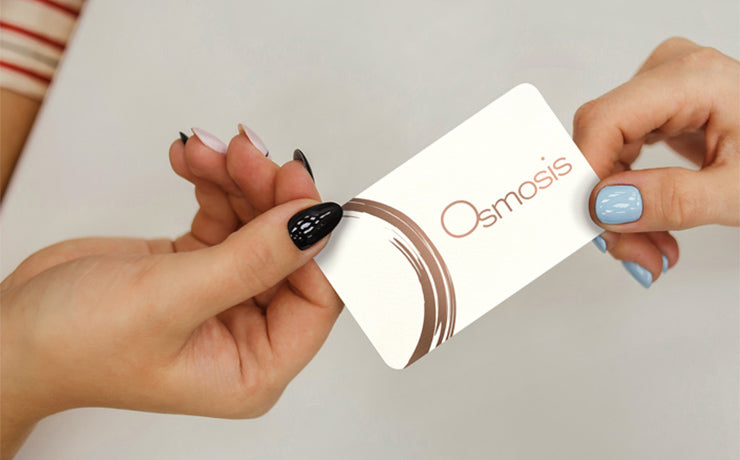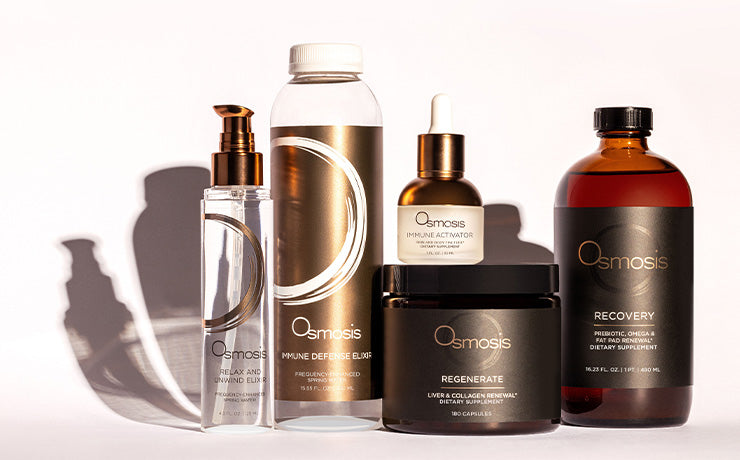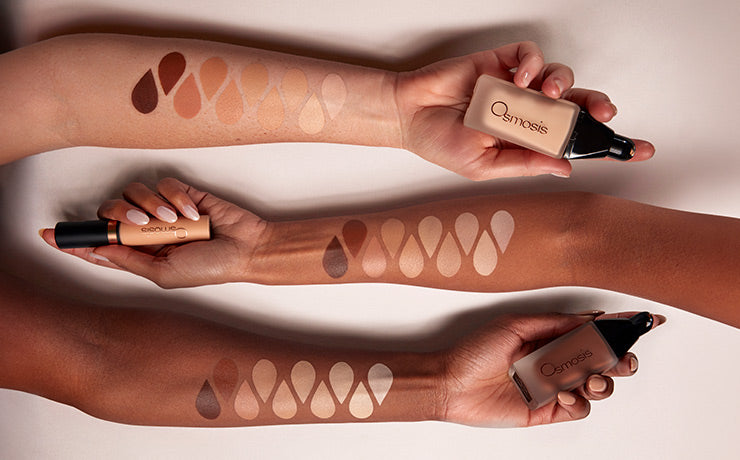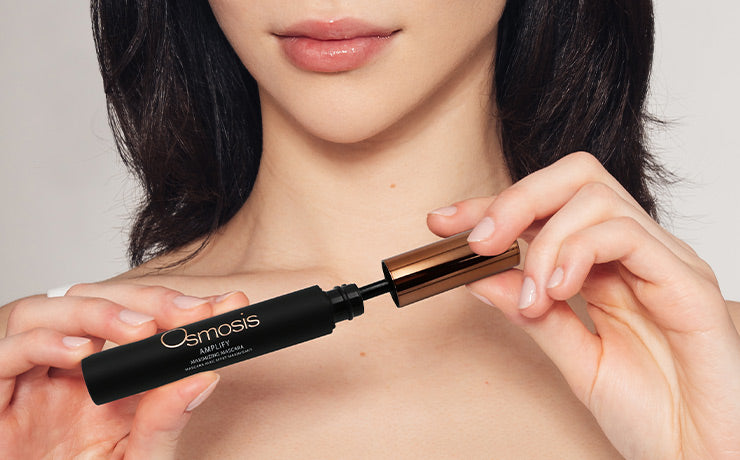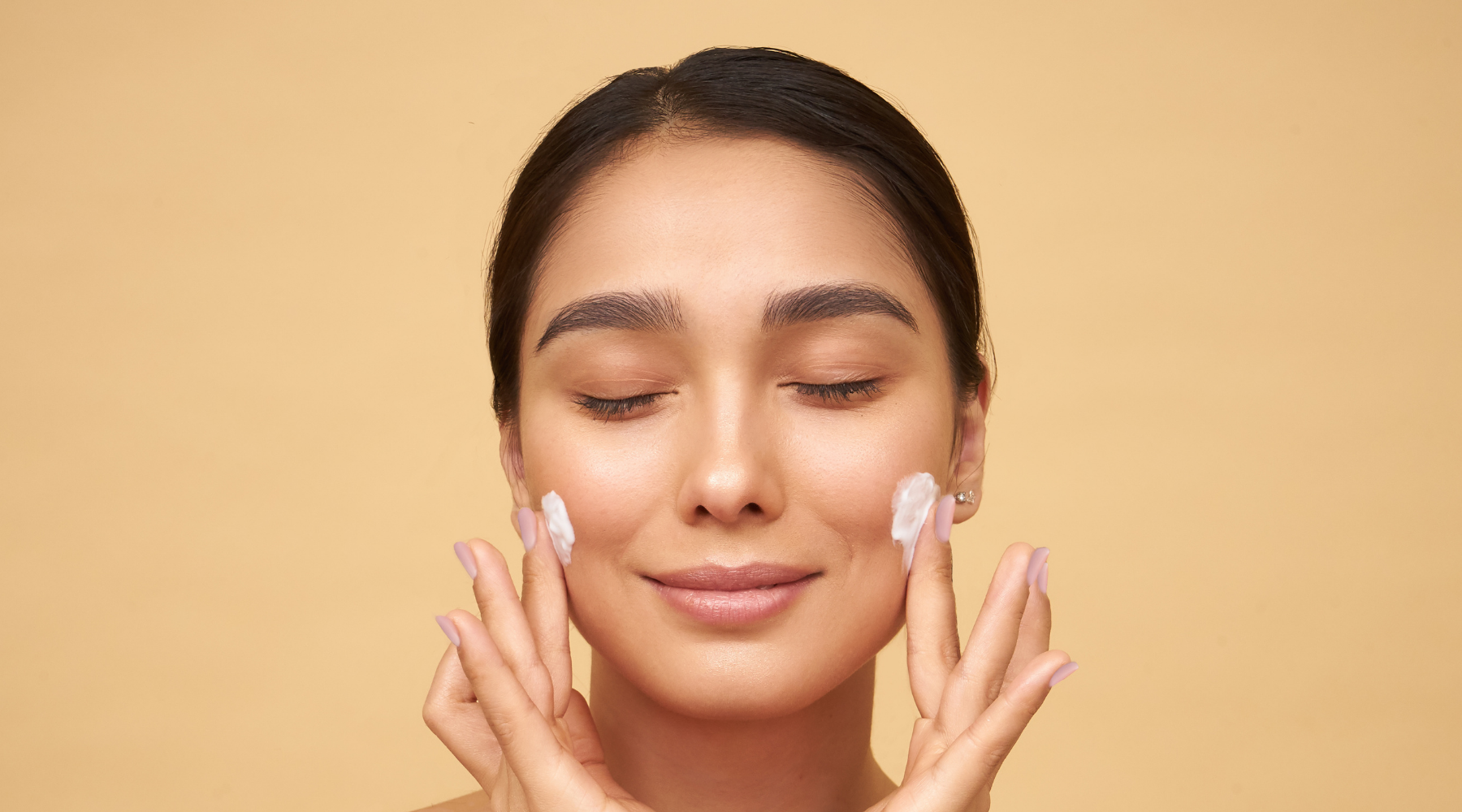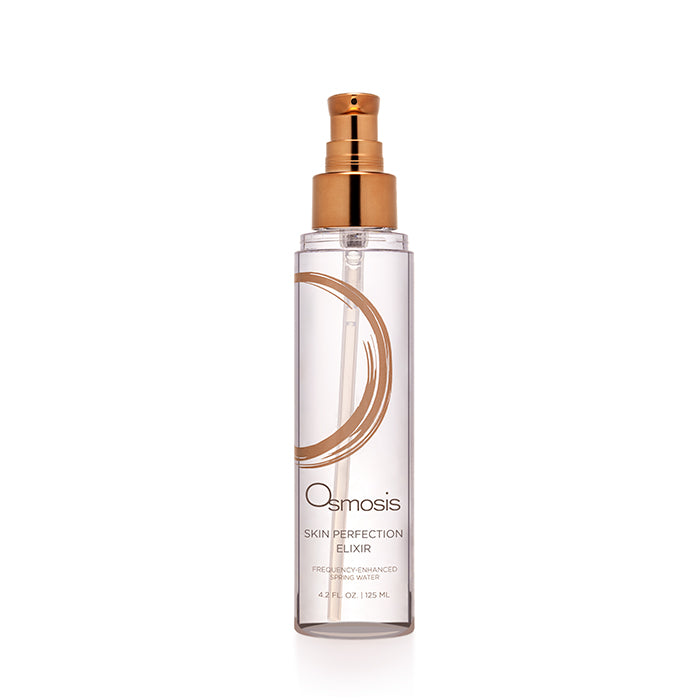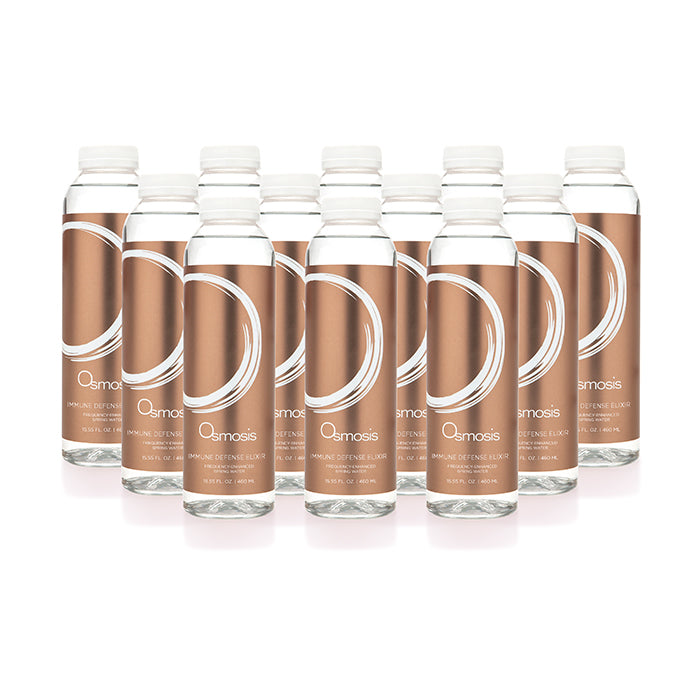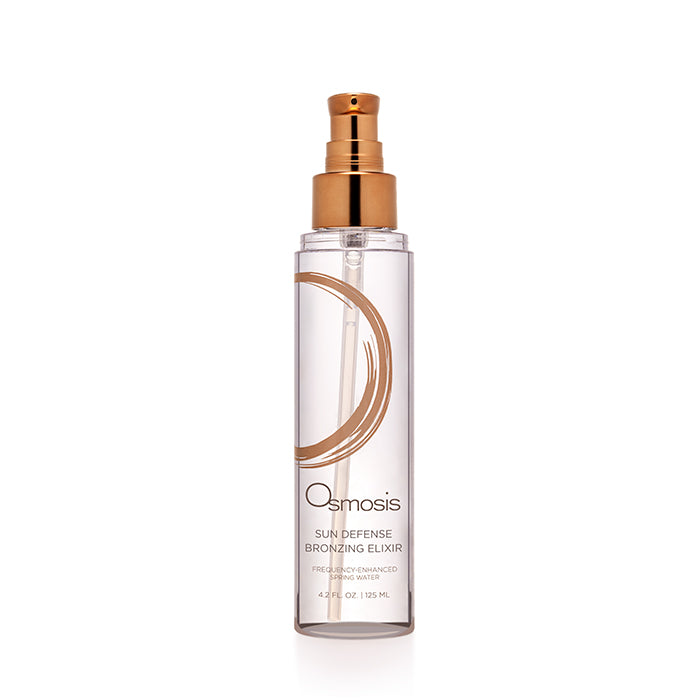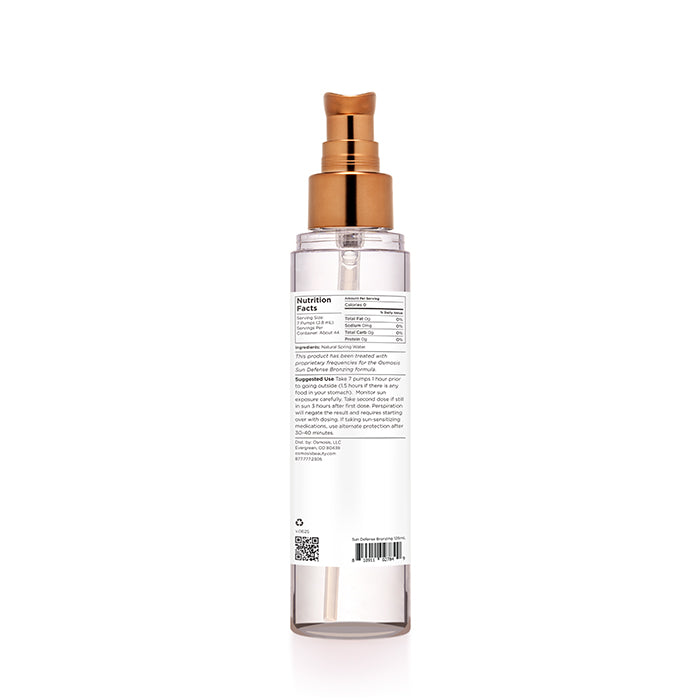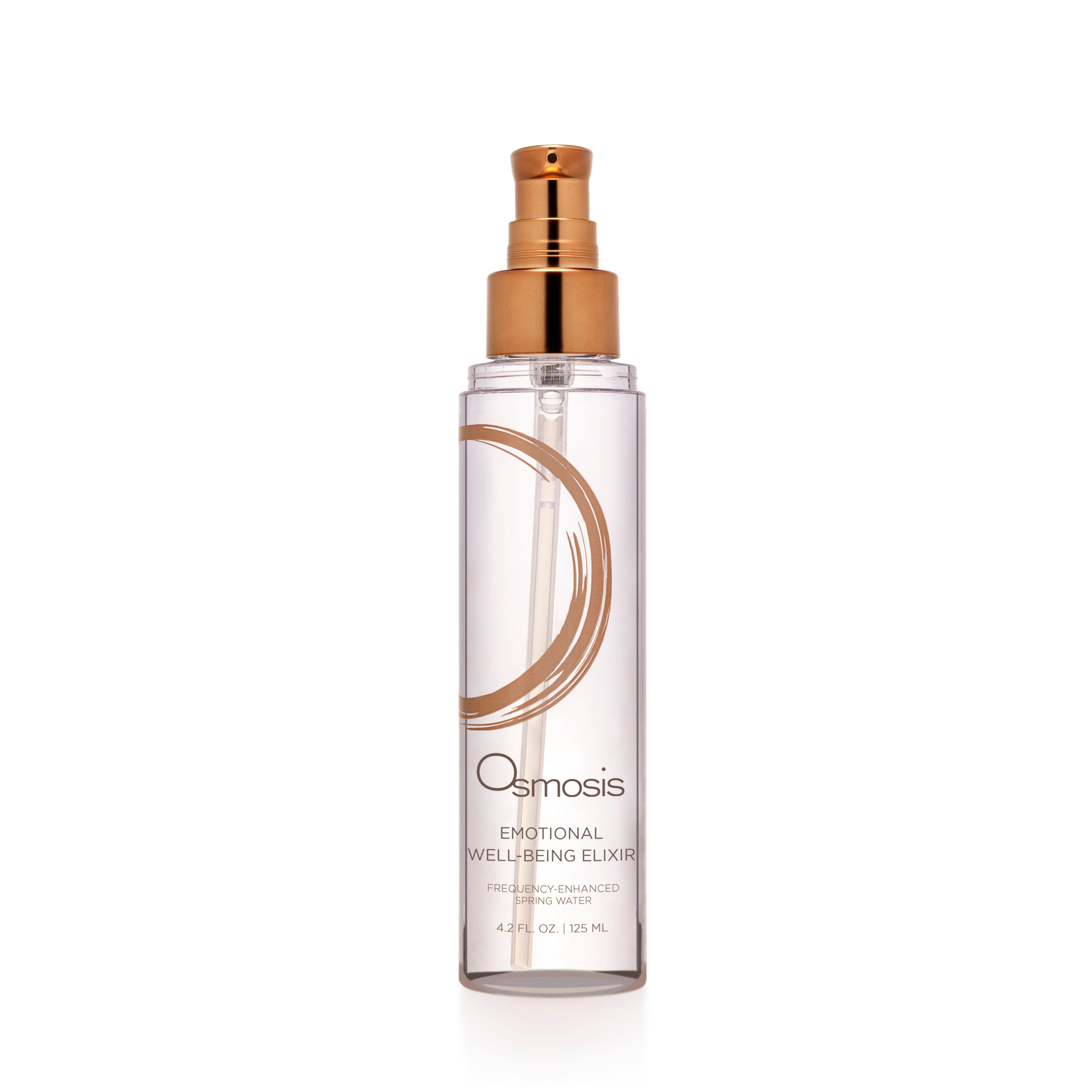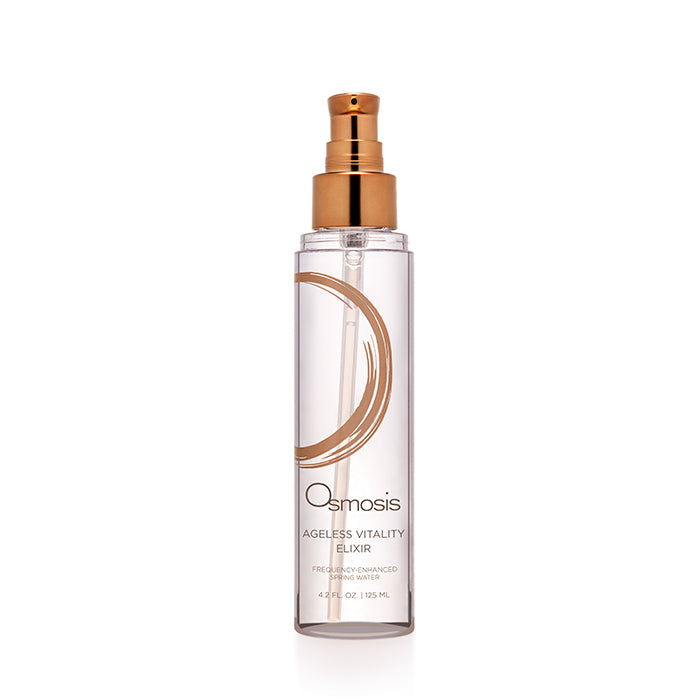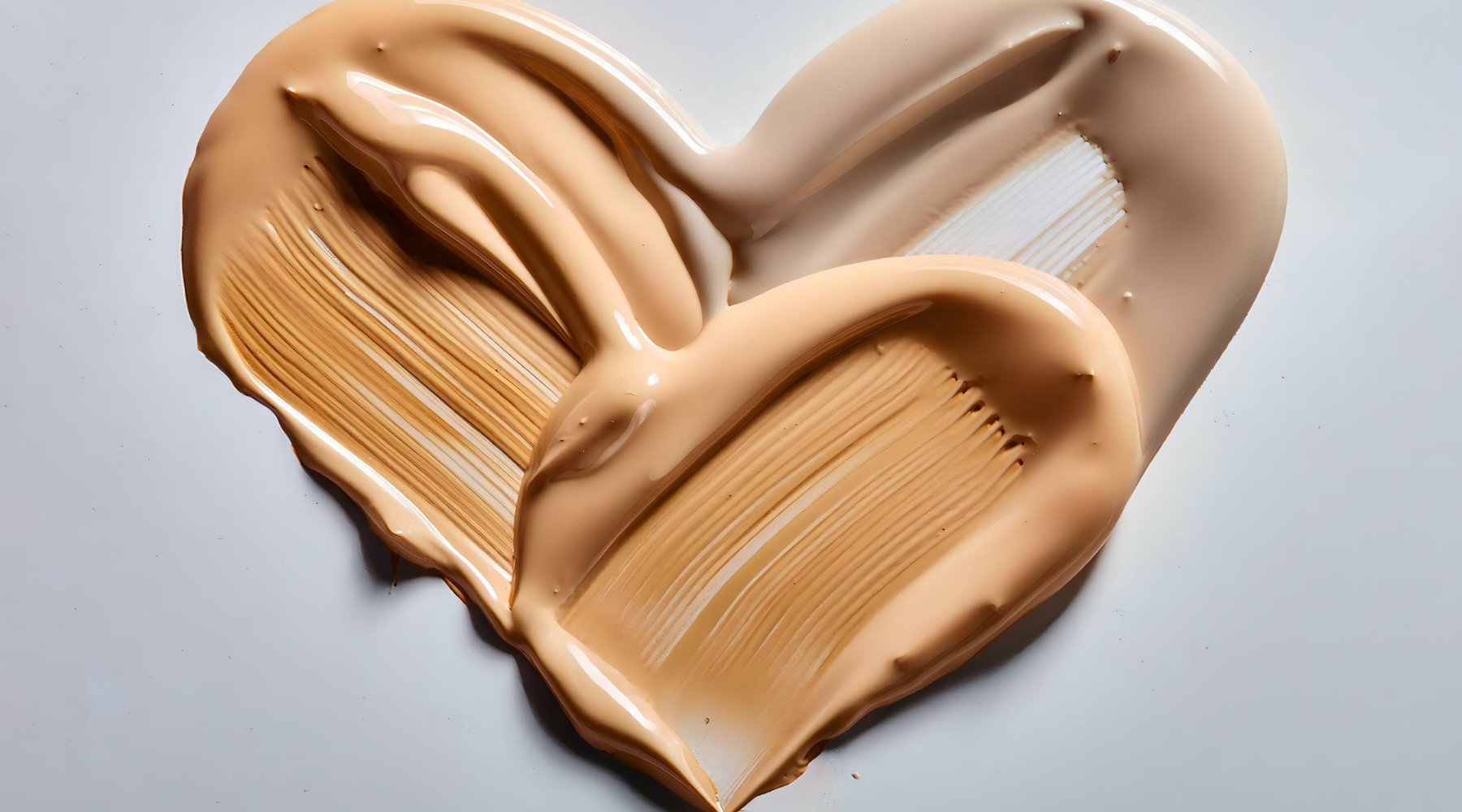
How to Choose Skin Foundation - Understanding Skin Color Matching and Undertones
Finding the perfect foundation shade shouldn't feel like solving a complex puzzle, yet many people struggle with this essential beauty step. You've likely experienced the frustration of purchasing a foundation that looked perfect in the store, only to discover it creates an obvious line of demarcation at your jawline or makes your skin appear ashy and unnatural.
The secret to flawless foundation matching lies in understanding two crucial elements: your skin tone and undertone. While these terms are often used interchangeably, they represent different aspects of your complexion that work together to determine your perfect shade match.
Mastering foundation color matching transforms your makeup routine from guesswork to precision. By understanding your undertone, using proper testing techniques, and choosing quality formulas like Osmosis Beauty's Flawless Foundation, you can achieve that coveted "your skin but better" finish that looks natural in any lighting.
Understanding Skin Tone vs. Undertone
Professional makeup artists use color theory principles when matching foundation. The goal is to find a shade that harmonizes with your natural undertone while matching your skin's depth level. When foundation undertones clash with your natural undertones, the result appears unnatural and can make you look tired or washed out.
Skin tone refers to the surface color of your skin—what you see in the mirror. This is determined by melanin levels and typically falls into categories like fair, light, medium, tan, or deep.
Undertone is the subtle color beneath your skin's surface that influences your overall hue. Undertones remain consistent throughout your life, even as your surface skin tone changes due to sun exposure or aging.
There are four primary undertone categories:
- Warm undertones: Golden, yellow, or peachy hues
- Cool undertones: Pink, red, or blue hues
- Neutral undertones: Balanced mix of warm and cool
- Olive undertones: Green or yellow-green hues
Many professional makeup artists recommend purchasing two shades that bracket your perfect match—one slightly lighter and one slightly darker. Mix these to create your ideal shade and adjust seasonally.
How to Identify Your Undertone
The Vein Test
Examine the veins on the inside of your wrist in natural light:
- Blue or purple veins: Cool undertones
- Green veins: Warm undertones
- Blue-green veins: Neutral undertones
The Jewelry Test
Consider which metal looks most flattering against your skin:
- Gold jewelry: Warm undertones
- Silver jewelry: Cool undertones
- Both metals look equally good: Neutral undertones
The White Fabric Test
Hold a pure white piece of fabric next to your face in natural light:
- Skin appears more yellow/golden: Warm undertones
- Skin appears pink or rosy: Cool undertones
- No obvious color cast: Neutral undertones
3 Professional Foundation Matching Techniques
- The Jawline Test: Always test foundation along your jawline, not on your hand or wrist. Apply three small stripes and see which one disappears into your skin.
- Natural Light Assessment: Check your match in natural daylight before purchasing. Many stores have natural light stations.
- The Blend Test: A perfect match requires minimal blending. If you work hard to blend, the shade likely isn't ideal.
4 Common Foundation Matching Mistakes
- Matching to Your Hand: Hands often have different undertones than your face, leading to shades that are too dark or mismatched.
- Poor Lighting: Fluorescent light can distort shades. Test near natural light when possible.
- Ignoring Seasonal Changes: Skin tone can shift; consider two shades for summer and winter.
- Choosing Based on Desired Results: Picking shades to achieve a certain look can result in an unnatural appearance.
The Role of Skin Texture and Type
Your skin's texture and type significantly impact how foundation appears and wears. Dry skin may appear patchy or emphasize texture, while oily skin can oxidize and appear darker.
Dry Skin: Choose hydrating formulas or mix in a drop of facial oil for moisture and luminosity.
Oily Skin: Use oil-free, long-wearing formulas and a mattifying primer.
Combination Skin: Use different formulas on different areas or select a versatile formula that adapts.
Common Issues When Choosing Foundation
- Looks Orange: Foundation is too warm. Try cooler or neutral undertones.
- Looks Ashy or Gray: Foundation is too cool. Switch to warmer or neutral shades.
- Oxidizes: Reacts with natural oils, appearing darker. Test for several hours and consider a primer.
The Osmosis Beauty Advantage
Quality foundation matching is an investment in confidence. When your foundation blends with your natural skin tone and undertone, your entire makeup routine becomes effortless and effective.
Osmosis Beauty’s Flawless Foundation is formulated with advanced color-matching technology that adapts to your undertone while providing buildable coverage that looks natural in any lighting.
The key is patience, proper technique, and understanding that your perfect shade may evolve with the seasons. With these insights, you can enjoy the confidence of flawless, natural-looking coverage.

